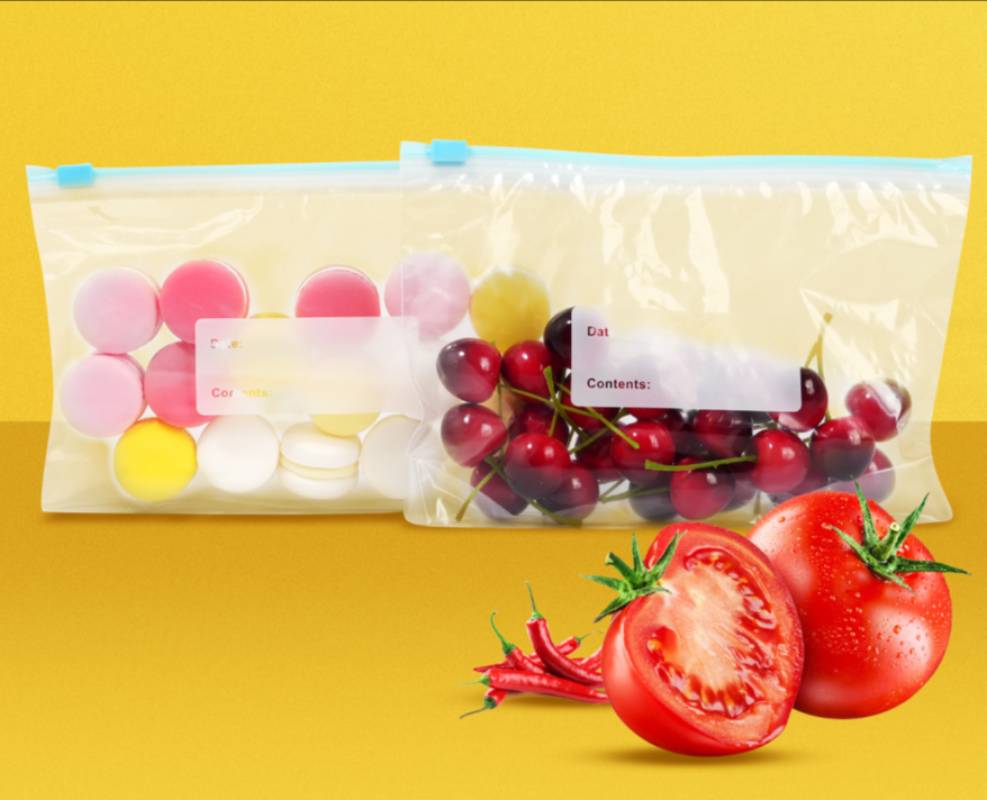Eco-Friendly Disposable Bento Box for Convenient Meal Prep on the Go
The Rise of Disposable Bento Boxes Convenience Meets Sustainability
In our fast-paced world, convenience plays a crucial role in our daily lives, especially when it comes to food consumption. Among the various dining trends, disposable bento boxes have emerged as a popular choice for meal packaging and serving, combining practicality with an aesthetic appeal. Originally inspired by traditional Japanese lunch boxes, disposable bento boxes are now embraced globally, catering to the needs of busy individuals and evolving eating habits.
The concept of the bento box has historic roots in Japanese culture, where a meticulously arranged meal is presented in a compartmentalized container. Each section typically holds a different dish, promoting balance and variety in meals. With the advent of disposable options, this charming tradition has been modernized to suit contemporary lifestyles. Whether for lunch at the office, a picnic, or take-out meals, disposable bento boxes offer a versatile solution for food storage and transportation.
One of the primary advantages of disposable bento boxes is their convenience. In today’s busy world, people often prioritize speed and efficiency when it comes to meal preparation and consumption. Disposable bento boxes eliminate the need for extensive cleaning, allowing users to simply discard the container after use. Additionally, many of these boxes are lightweight and stackable, making them easy to transport—perfect for on-the-go meals.
disposable bento box

Moreover, the aesthetic appeal of disposable bento boxes cannot be overlooked. Many are designed with vibrant colors and patterns, making meals more visually appealing. This is especially significant in a digital age where food presentation plays a crucial role in social media sharing. Beautifully arranged bento boxes not only provide nourishment but also enhance the overall dining experience, making them a favorite among food enthusiasts and social media influencers alike.
However, the rise of disposable bento boxes does raise concerns about eco-friendliness. Traditional bento containers are often made from sustainable materials, while disposable versions have the potential to contribute to environmental pollution if not disposed of properly. To address these issues, many companies have started producing biodegradable or recyclable disposable bento boxes made from materials such as sugarcane fiber or pulped paper. These innovations help mitigate the environmental impact while still offering convenience and practicality.
Consumers are becoming increasingly aware of their environmental footprint, leading to a demand for sustainable alternatives. The market has adapted to this consciousness, offering eco-friendly disposable bento boxes that align with modern values. This shift not only caters to the eco-conscious consumer but also encourages a more sustainable approach to food consumption, blending convenience with environmental responsibility.
In conclusion, disposable bento boxes represent a fascinating intersection of tradition and modernity. They offer a convenient solution for busy individuals while still embracing the beauty and balance of traditional meal presentation. As sustainability becomes a focal point for consumers, the industry is evolving to provide eco-friendly options that don’t compromise on the convenience or visual appeal. Whether you're a professional on the go, a parent packing lunches, or someone who enjoys enjoying meals outdoors, disposable bento boxes are poised to remain a staple in the food packaging landscape, combining practicality with a nod toward sustainability.
-
Stretch Film Solutions: A Comprehensive GuideNewsJun.03,2025
-
Stretch and Shrink Packaging SolutionsNewsJun.03,2025
-
Revolutionizing Packaging with Modern Wrapping SolutionsNewsJun.03,2025
-
Innovative Solutions for Silage and Window TintingNewsJun.03,2025
-
Efficient Packing with Stretch Wrap SolutionsNewsJun.03,2025
-
Effective Packaging with Stretch Wrap SolutionsNewsJun.03,2025
-
Have the freedom of customizing your custom mailers any way you want! Our dedicated packaging support will help deliver you the mailing experience you need to elevate your shipping experience to the next level! Start making a strong impression on your customers and stand out from your competitors! -
LIYA uses high quality raw materials which directly purchased from large enterprises domestic and overseas such as PetroChina, Sinopec, Sabic, Equate, ExxonMobil, Dow Chemical, Total, and Borouge, ensuring the price advantage and quality of the raw materials. -
LIYA uses high quality raw materials which directly purchased from large enterprises domestic and overseas such as PetroChina, Sinopec, Sabic, Equate, ExxonMobil, Dow Chemical, Total, and Borouge, ensuring the price advantage and quality of the raw materials.





